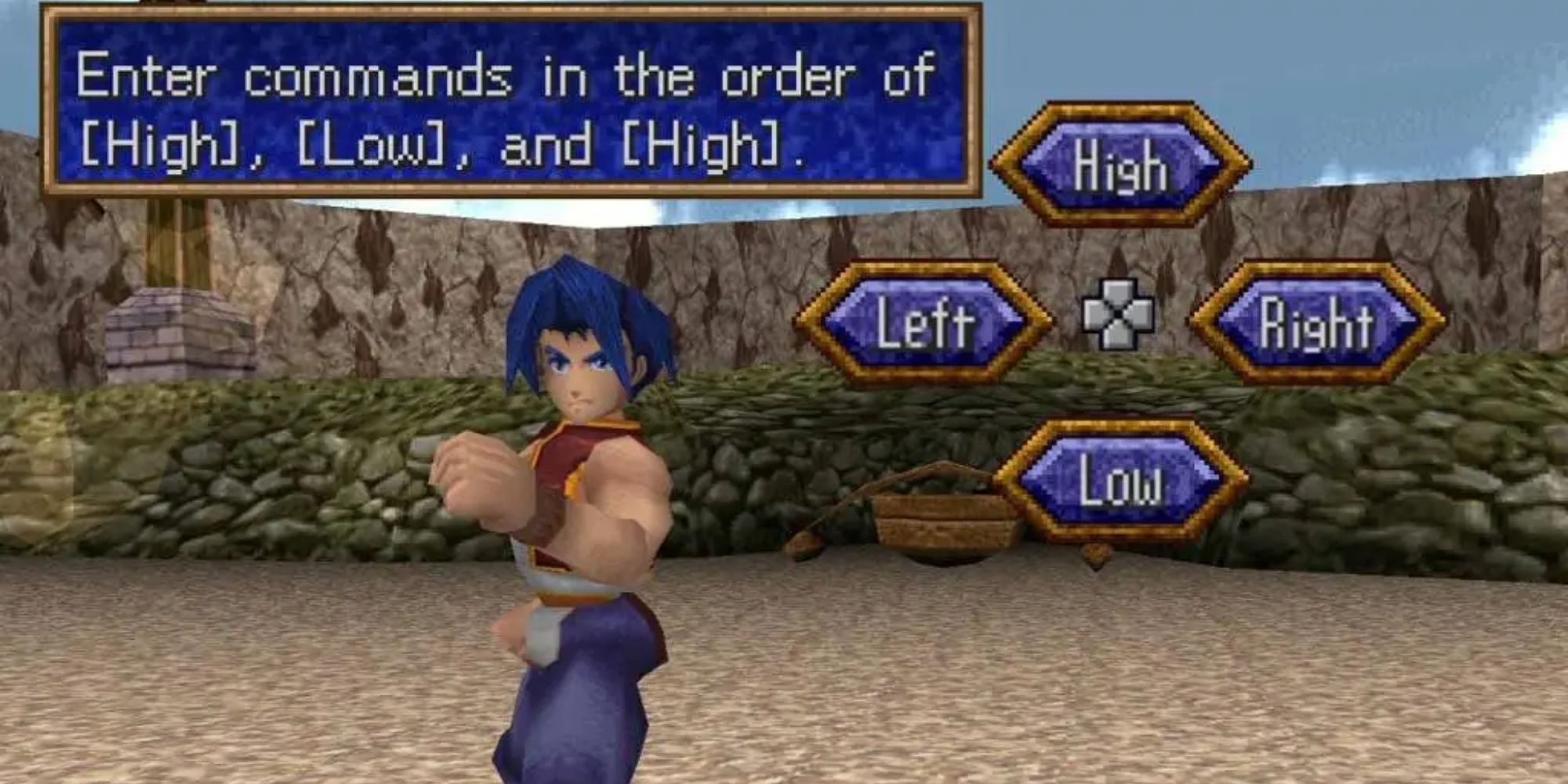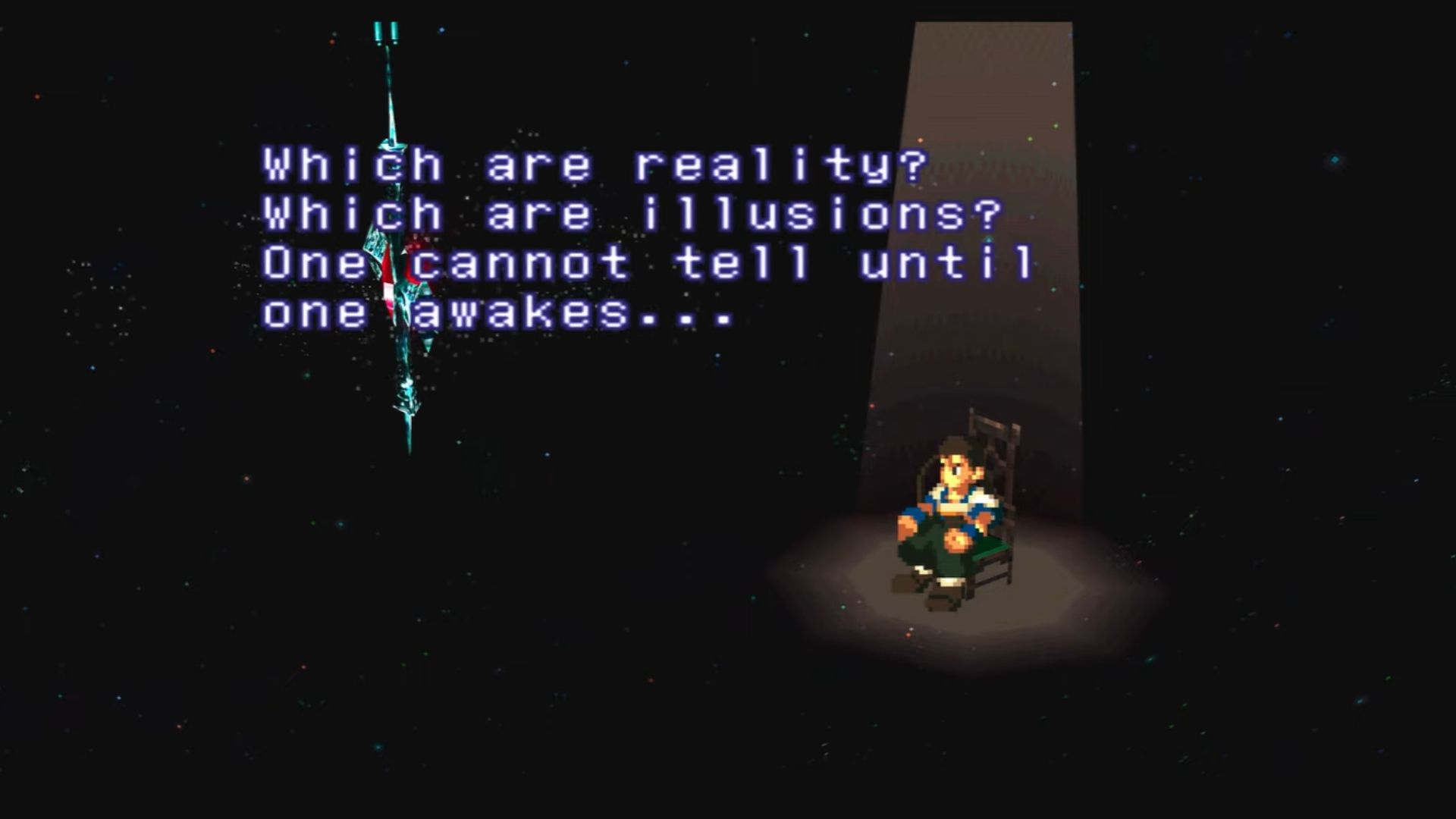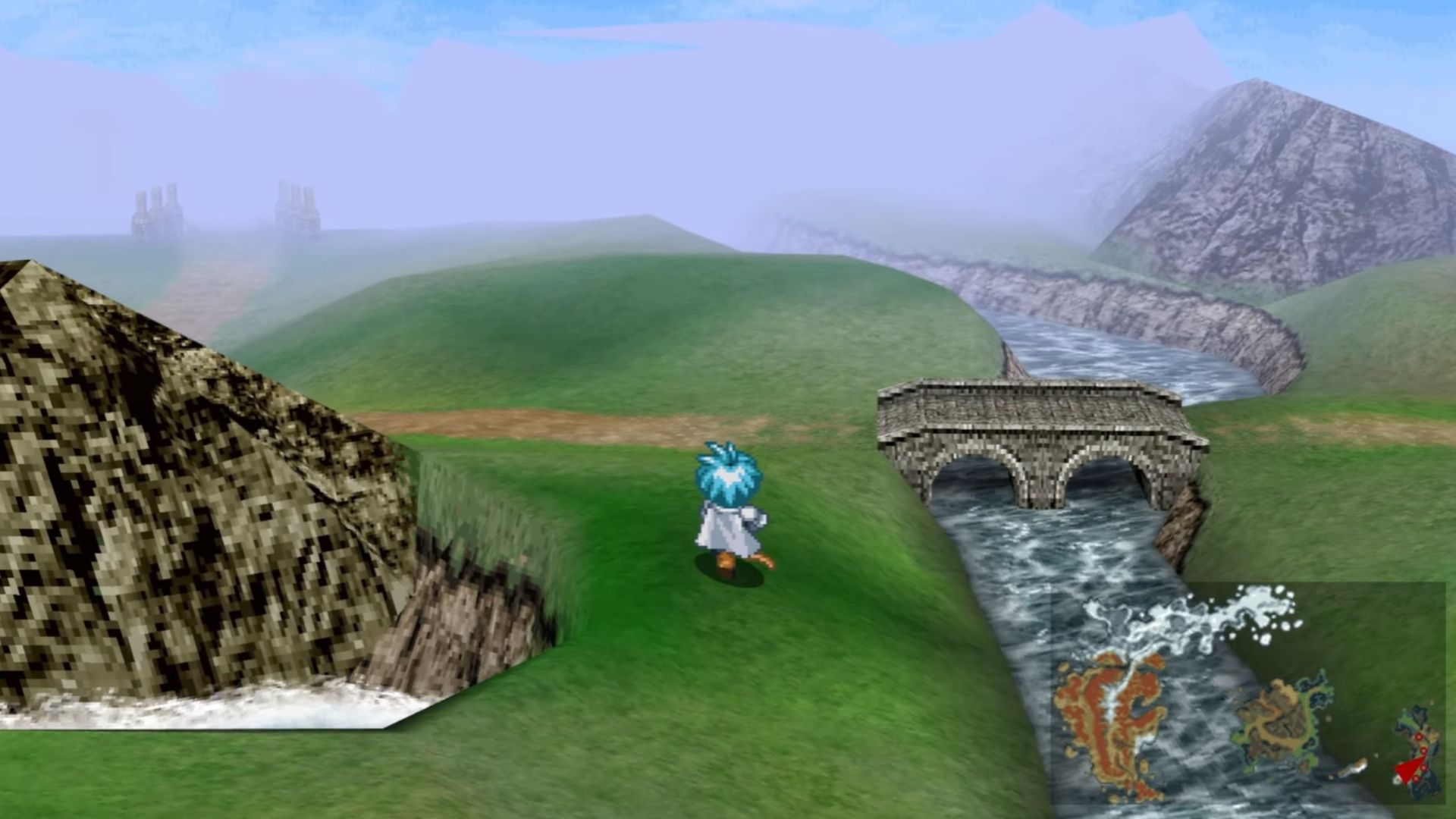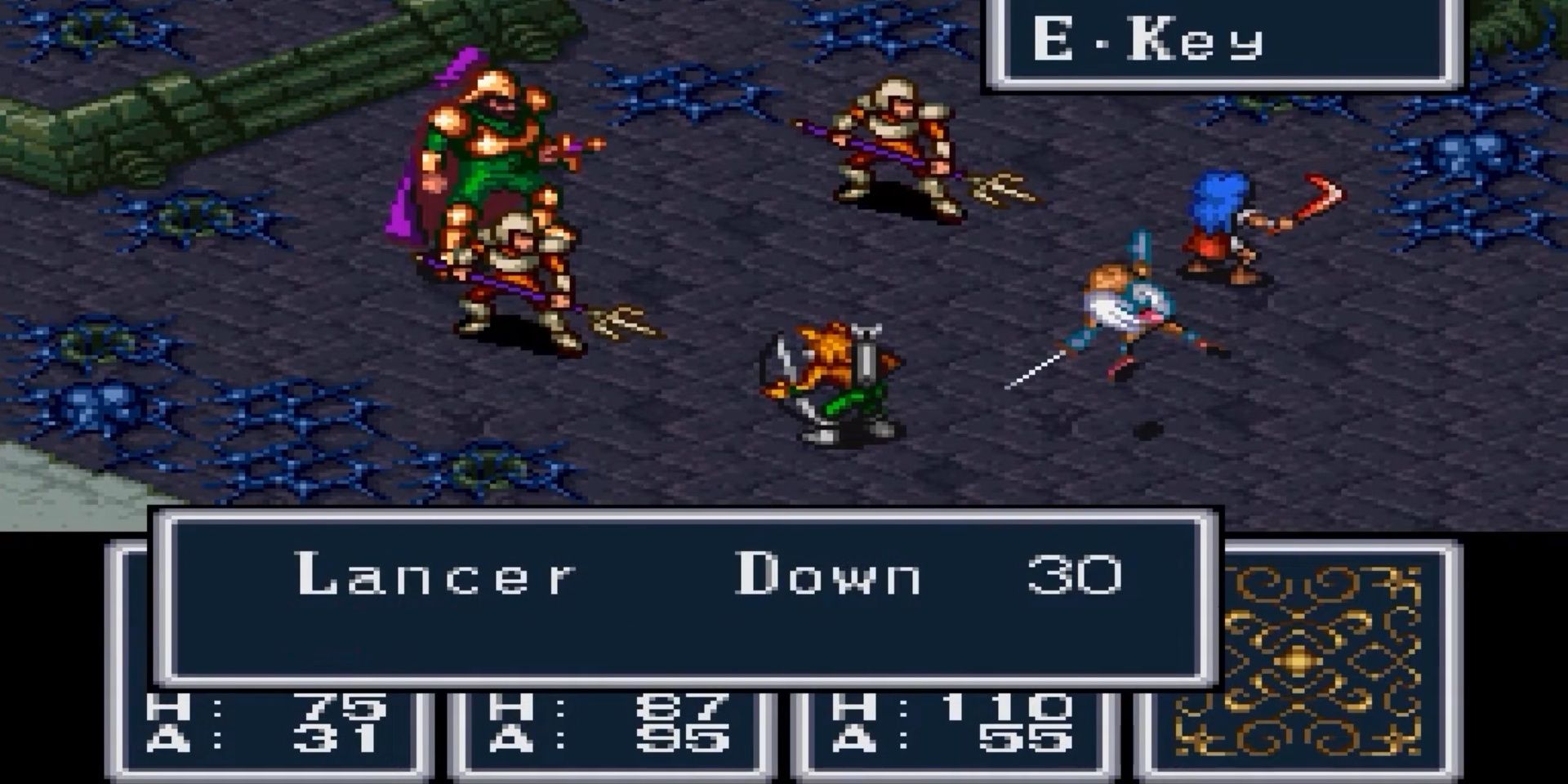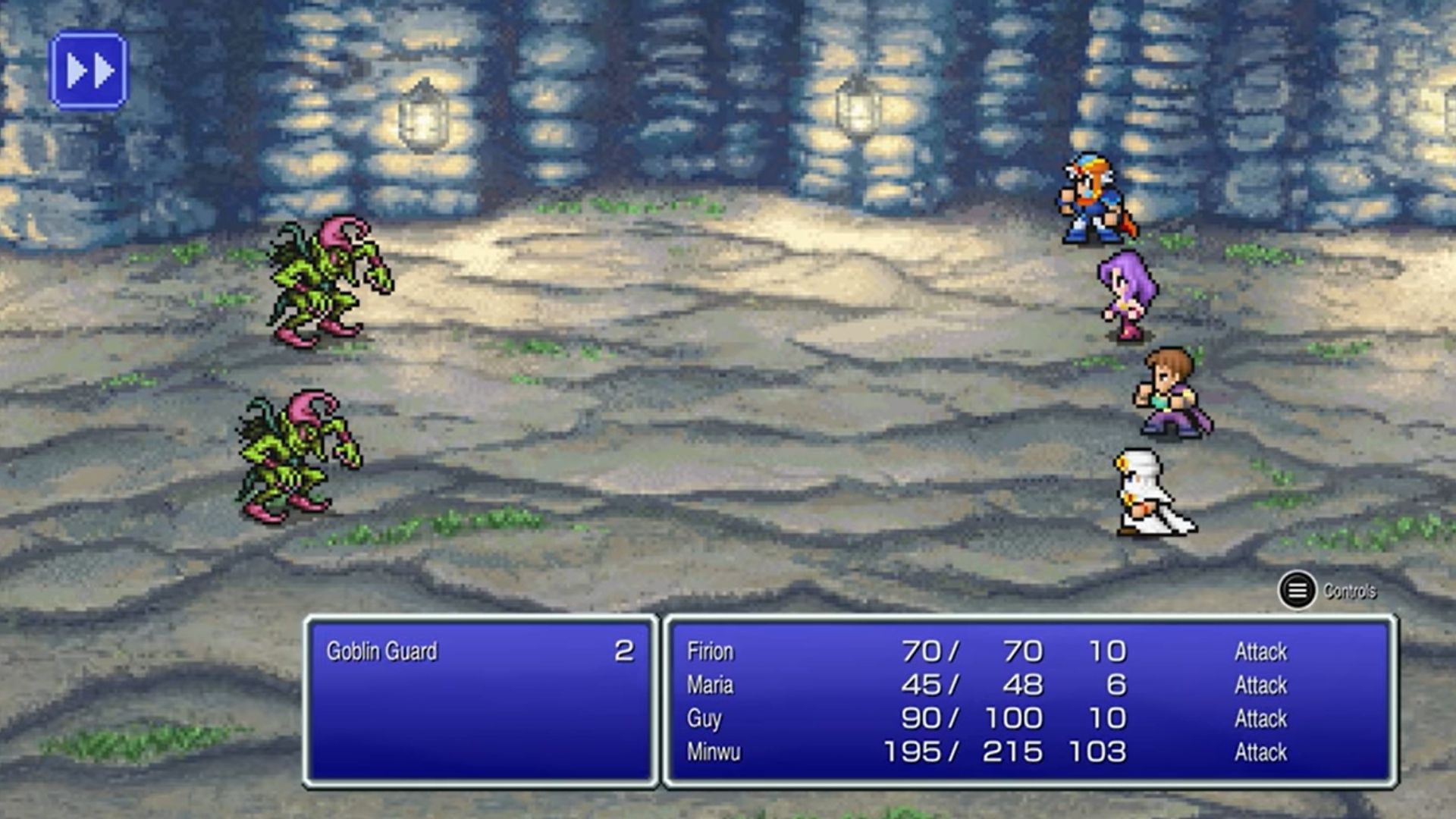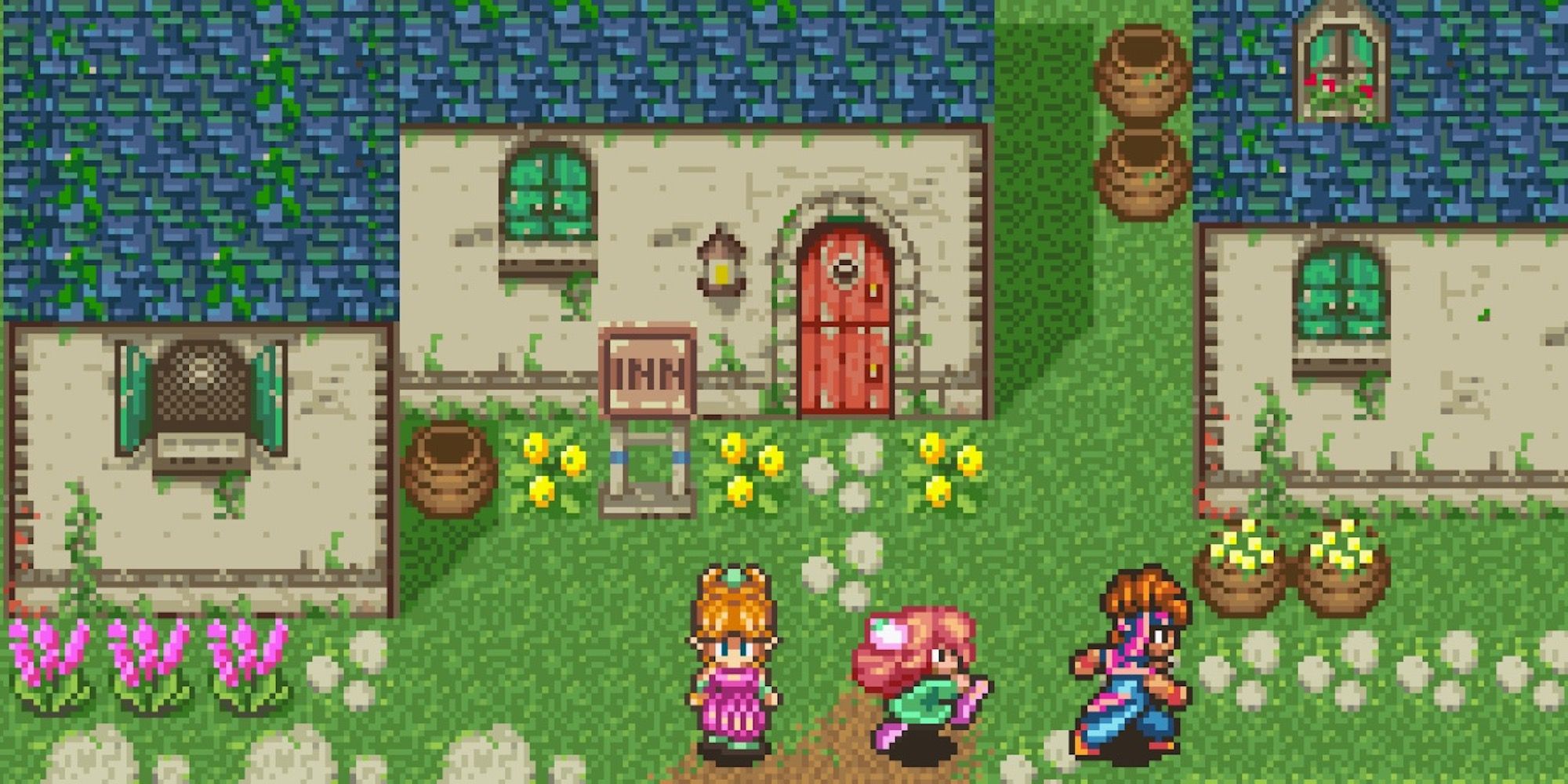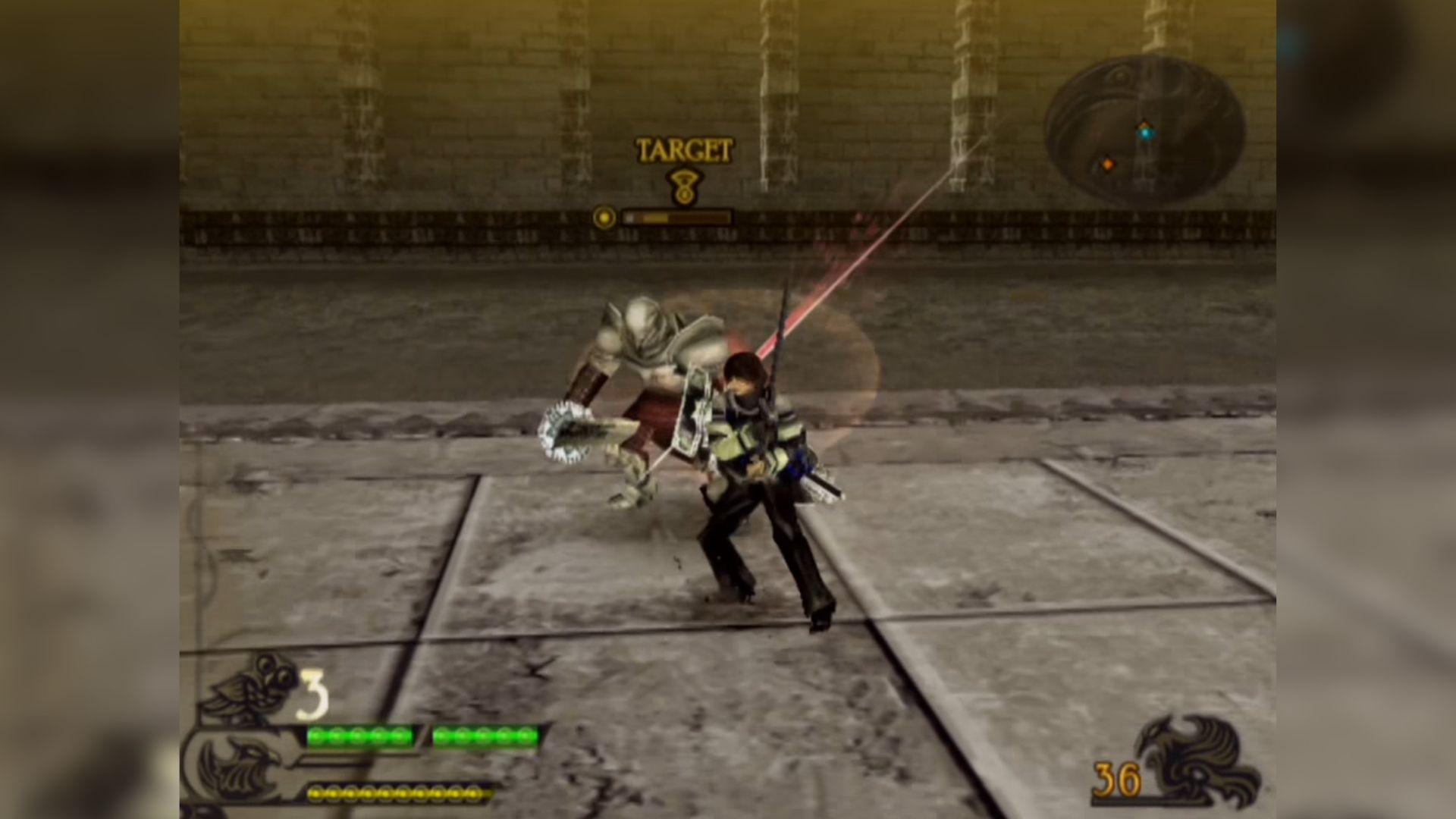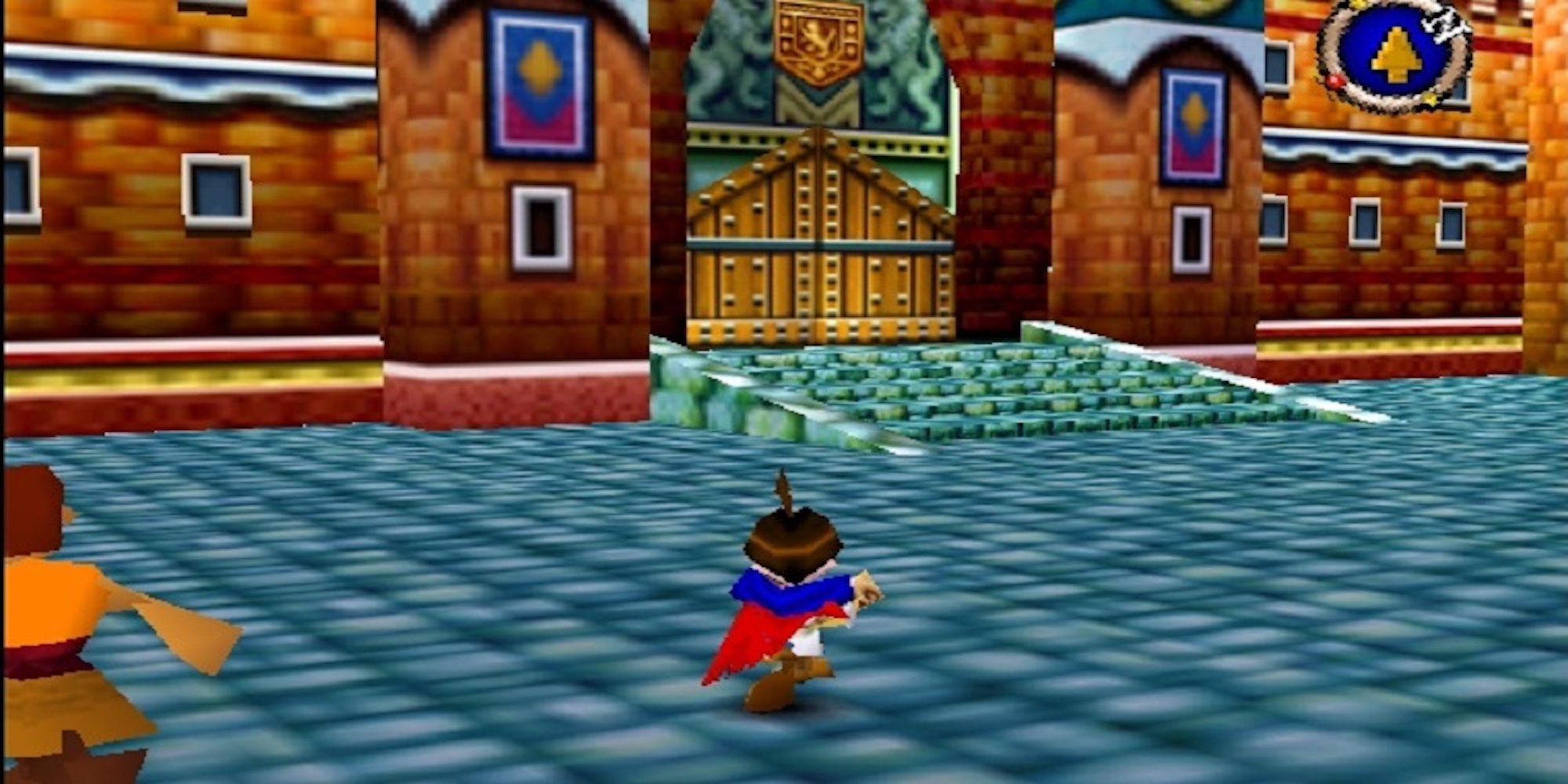As someone who has been playing JRPGs since childhood — playing, not understanding — sometimes I decide to revisit the old ones simply because I don’t remember anything about them.
And most of the time, that’s not a good idea. Unless the game has received a remaster with the necessary quality-of-life additions, older JRPGs can be brutal, either due to outdated mechanics or slow pacing.
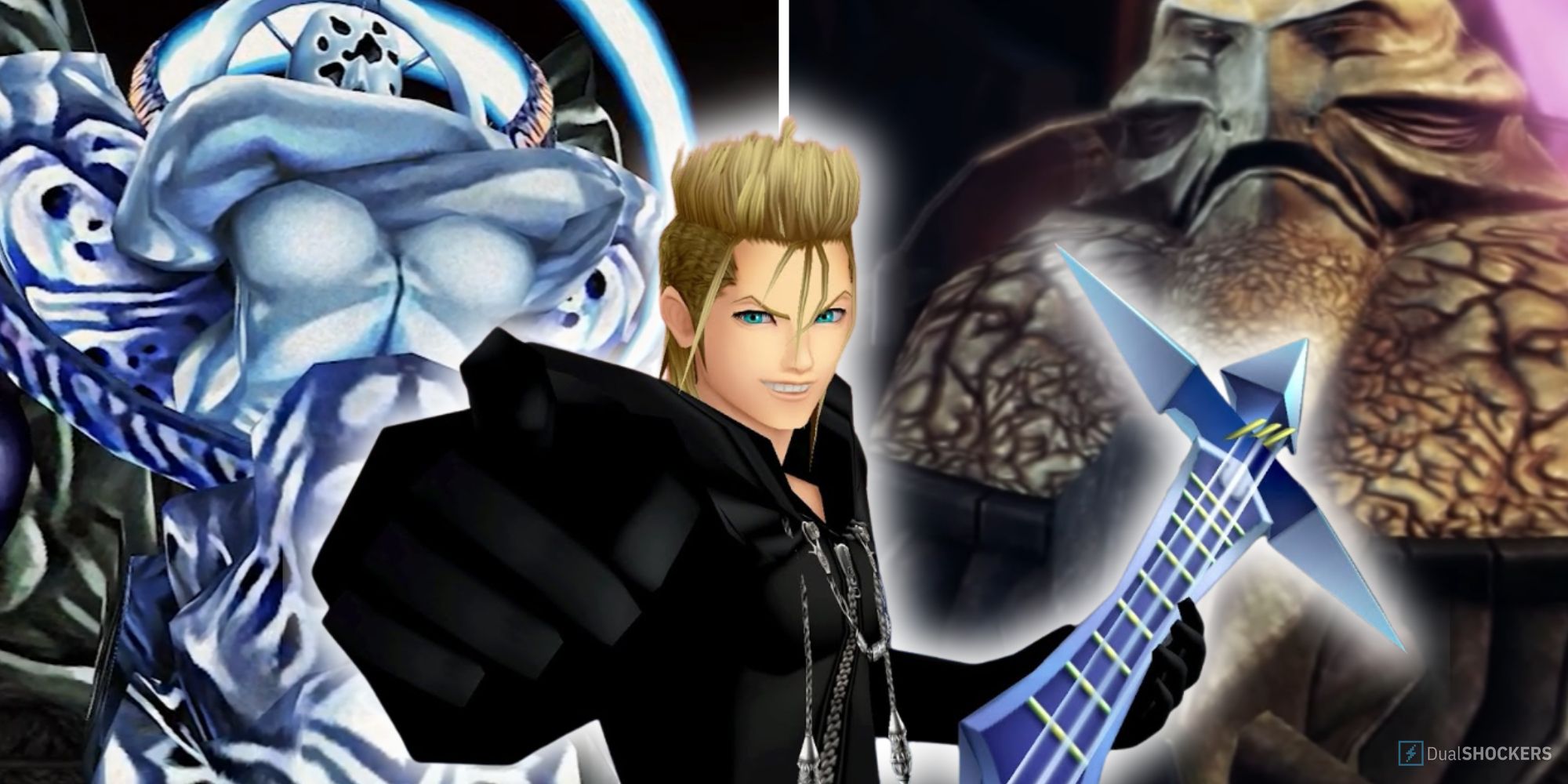
Related
10 Most Laughable JRPG Villains
Some villains are so bad at their job that it’s hard to take them seriously.
Some JRPGs stood the test of time and can be enjoyed no matter the era you’re living in. Still, they’re the exceptions and are often crowned as masterpieces of the genre.
Today, I’ll discuss 8 JRPGs that have aged like milk, whether due to some annoying mechanic, a visual presentation that offends our aesthetic sense, or simply an ambitious project that was never completed.
8
Legend of Legaia
Excruciating Slow Combat
Legend of Legaia came out in 1998. I don’t know what your internet situation was back then, but here in Brazil, it was still lacking. That means I had no way to access my beloved JRPG walkthroughs to uncover secrets and complete everything.
Sometimes, that is a good thing. Take Legend of Legaia, for instance. I didn’t mind random encounters because I wanted to learn every character’s Arts by trial and error.
For those who don’t know, turn-based combat in Legaia involves selecting a string of different attacks, and depending on the combination, Arts are unleashed. It’s a remarkably unique system that made me spend hours scouring combinations in search of new Art.
However, the fact that I was so engaged in battle, trying endless combinations, hid the combat’s sluggishness. Nowadays, there’s no more secret hunting for Art. After all, a quick Google and you’ll find every combo possible.
Without the incentive of trying different movements in search of new Arts, you’re only left with fodder battles in random encounters and, dear mine, I never noticed how freakishly slow they are. It’s enough to scare away some who want to get to know Legend of Legaia nowadays.
7
Xenogears
The Notorious Disc Two
I’m not particularly fond of delving into psychology, philosophy, religion, or politics, meaning I’m also not a fan of mixing those topics together. Not for lack of interest, but more because all these subjects go over my doofus head. And even with that said, I adore Xenogears.
A narrative intrinsically inspired by the works of Carl Jung and Nietzsche should be complex for casual players to digest. Yet, it manages to convey a simpler message (as much as possible) to deliver layered characters, convincing plot twists, and a mesmerizing yet addictively contagious lore.
The problem was that Takahashi’s ambition was too big even for SquareSoft at the time, which forced him to cut expenses, create a Disc 2 in the mold of a PowerPoint, and abandon the idea of his hexalogy.
To those unaware, Xenogears is the fifth episode of an enormous narrative. It’s still worth revisiting the JRPG for more hardcore fans, but be aware that it’s like watching a show that was canceled before its story was wrapped up.
6
Star Ocean: First Departure
Backtracking To The Stars
This Star Ocean is a remake of the original, but there’s a good reason I decided to include it here. The West didn’t get the first Star Ocean until the release of Star Ocean: First Departure, so it’s officially our first introduction to the game.
Among all the sci-fi RPG series, Star Ocean is my favorite. I played the second title first and continued to follow every subsequent release. When the first game arrived on PS4, I dove into it hungry for more Space Opera.
While I appreciated discovering and learning more about all the systems that shaped the future entries, I don’t recommend Star Ocean: First Departure to anyone.
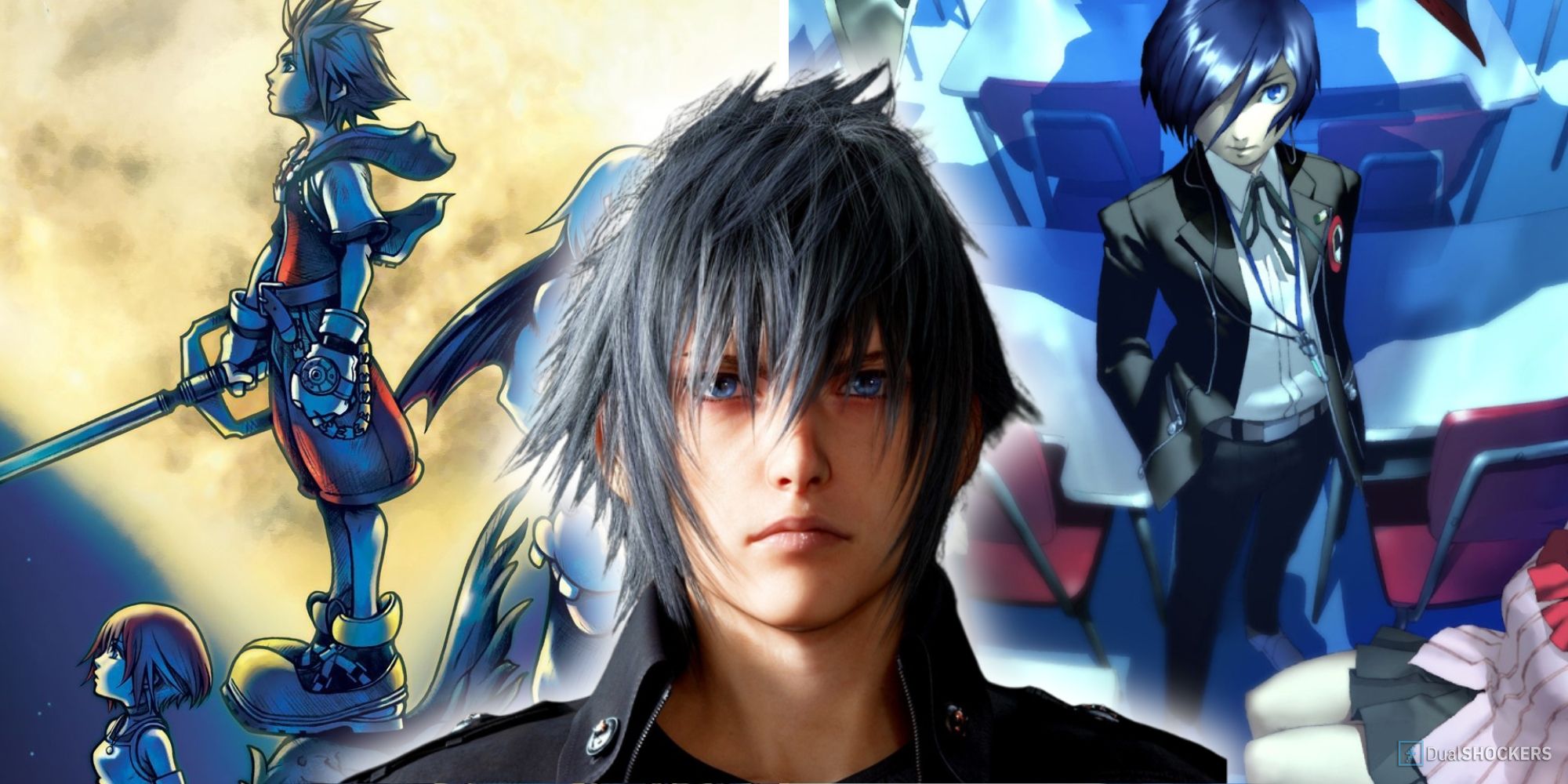
Related
10 Highly Reviewed JRPGs That Would Flop Today
Time heals all wounds, including those inflicted by outdated game designs.
The remake brought some quality-of-life improvements but still couldn’t hide old systems that made the gameplay a chore. The most glaring of them is the insane amount of backtracking. Pair this up with a random encounter, and you’ll see the joy vanishing from your eyes.
I already had knowledge of the series’ Item Creation system, so I improved my experience by lowering the encounter rate, riding a Bunny, and crafting overpowered weapons from the get-go. But still, not even these re-releases managed to mask the annoyances of the first Star Ocean.
5
Breath of Fire
Every Step You Take, A Battle
It’s been a while since I said it, but Breath of Fire is my favorite series ever, with Breath of Fire III being my all-time favorite game. So, when the first two games landed on the Nintendo Switch Online service, I jumped in for a well-deserved nostalgia hookup. Oh boy.
Despite the lower audio quality, I always preferred the GBA versions. But on Nintendo’s service, only the SNES ones were available. In the original versions, besides the lower experience and money gain, the game doesn’t even have a run button.
And I know that sounds silly, but do you know how much walking faster makes a difference in a game where every step you take runs the risk of entering a random encounter? It’s a world of difference.
Unfortunately, I couldn’t handle even an hour playing Breath of Fire, even in handheld mode while watching TV. I was spending more time entering battles and mashing the auto button than actually revisiting my childhood drenched in dragons.
4
Final Fantasy II
Yeah, The Leveling Up System
If you’re a seasoned JRPG player, you can skip this one. Otherwise, you’ll just nag at me in the comments, saying, “You don’t know how to build characters.” I do, but that doesn’t mean most casual players do and, honestly, they don’t need to. Some just want to have fun.
That’s specifically where Final Fantasy II stumbles for me. I’m not going to mention all the boosters and removal of random encounters from the Pixel Remaster version, because while they help make my point, it’s not the issue here. You know I’m talking about the leveling-up system and how it’s not ideal.
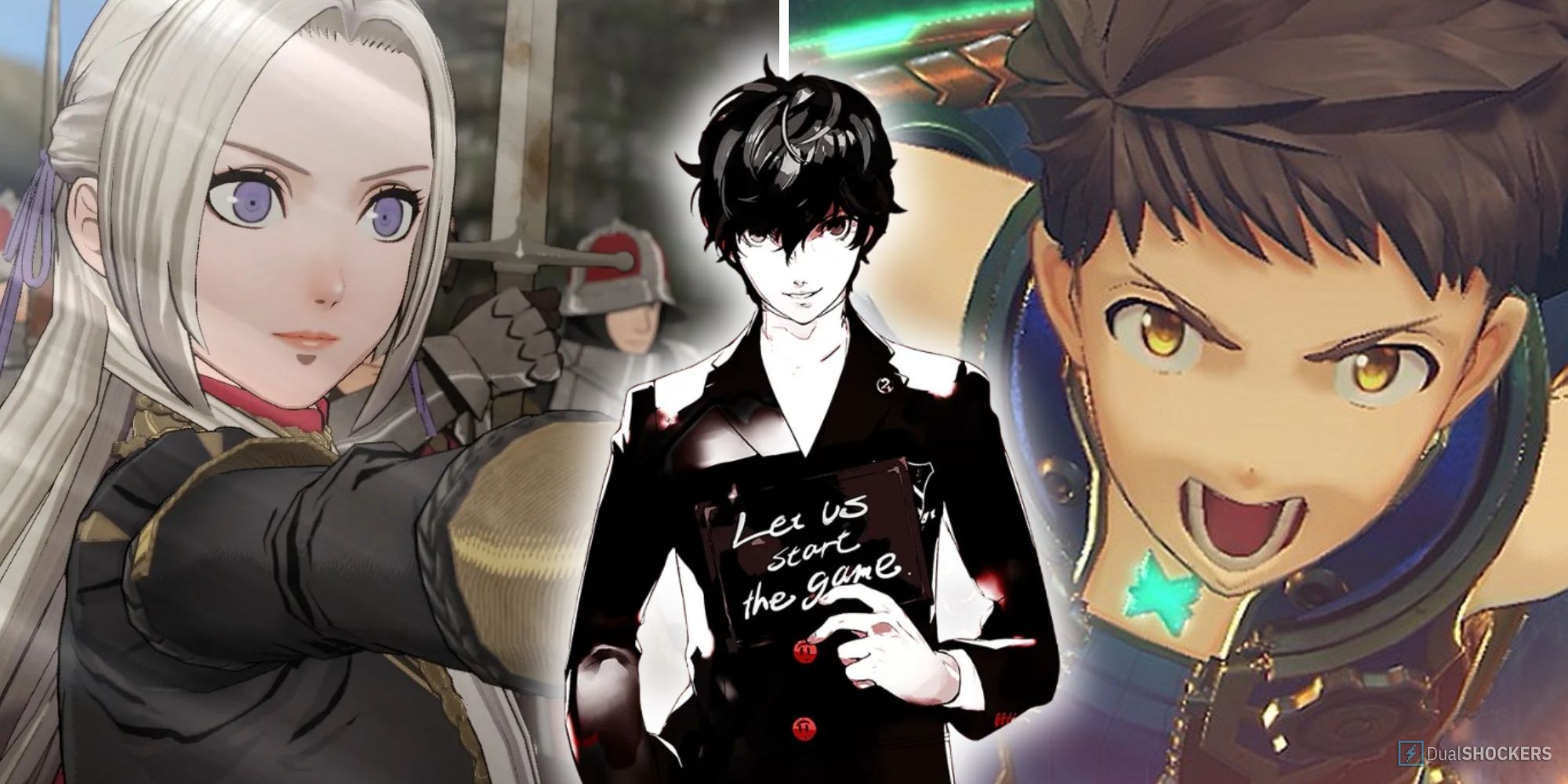
Related
10 JRPGs That Don’t Respect Your Time
Can I just list every JRPG in existence? No? Okay, just 10.
It was experimental and one that would feel more at home in future SaGa games. But in Final Fantasy II, it doesn’t feel like a really rewarding progression mechanic, especially when this progression can be manipulated by hitting your own friends.
But my biggest issue with it is how it discourages experimentation. If you get tired of a sword-wielding ice-caster Firion, and want to turn him into a bow user with healing magic, you’ll waste plenty of time doing so.
And in the end, you’ll see it wasn’t worth it, pushing you to stick with the same old strategy of wearing the same weapons and casting the same elemental magics from the start, which sounds like the antithesis of customization in an RPG.
3
Secret of Mana
Action RPG With ATB
While playing Secret of Mana, I vividly remember a moment when, totally by chance, my brother grabbed the second controller, pressed Start, and voilà, he was controlling a character. Besides some more modern Tales of games, it was rare for RPGs to allow you to play in co-op mode back then.
This lasting memory might have made me wear rose-colored glasses and always pour praise over this Square’s JRPG. However, when I revisited it in its remastered version, I realized it was just that: a nostalgia-fueled, totally personal memory.
I’m not saying the game is bad. It’s just not the masterfully crafted gameplay I had thought it to be. Once you attack in Secret of Mana, a percentage gauge starts to rise in the bar. When it reaches 100%, your attack deals the usual damage. If you attack before that, it deals a puny one. It’s essentially an action RPG featuring the ATB system.
The problem is that this mechanic makes the combat extremely sluggish, removing the entire action element from it. You hit an enemy, back away, wait for the 100 percent to shine, then hit again. Rinse and repeat in an awkward and clunky dance that makes the whole battle system feel like it’s limping.
2
Drakengard
Drags On A Lot
Since I love Breath of Fire for dragons, Drakengard’s cover caught my attention on the spot, and soon I was diving into its lovely and wonderful world. Nah, scratch that.
Wonderful. Only if I were a psychopath, because I’ve never seen so many miserable story beats like in this game’s plot. Holy cow, Yoko Taro.
While it’s this heavy story, with dense themes and multiple endings, that made Drakengard a cult JRPG, everything else makes its experience nowadays feel a bit too much of a drag-on. Its gameplay, masquerading as a Musou but not really, is way too repetitive and not rewarding enough.
The game tries to freshen things up by adding dragon-riding gameplay with Angelus. They are a farcry from Panzer Dragoon and feel like a rough draft of what would become the bullet hell segments in NieR: Automata. With that said, it’s not really enjoyable, especially by today’s standards.
If you’re really curious about Drakengard, the sequels significantly improved the gameplay loop. If you want to grind your teeth to the bone, maybe it’s worth playing the first one to know Caim’s tragic story.
1
Quest 64
One Of The Few Nintendo 64’s JRPG
Truth be told, Quest 64 was never an example of a successful JRPG. Still, as one of the few JRPGs on the Nintendo 64, it had a certain charm. However, like most games that graced the catalog of the 64-bit Nintendo console, it has aged poorly in every aspect.
Quest 64 has mechanics that sound interesting on paper for the first… 19 minutes of the game. The battle is a mix between turn-based and real-time, with our hero Brian trading turns with enemies. On our turn, we pick one of the four basic elements, boost it with Mana, and cast a power.
The progression system is similar to our dear Final Fantasy II but a bit more intimate. Defense and HP increase by taking hits, and Brian’s agility increases as he moves around in battle. Meanwhile, finding orbs on the map allows us to level up our spells. All in all, it was a tight progression system that worked well.
But in the end, Quest 64 felt more like a prototype than a full-fledged game. It was one of the few JRPGs on the Nintendo 64 and failed to achieve either financial or critical success.
And yet, even if you’re a JRPG connoisseur or a masochist who likes to revisit old games for some reason, you’ll still need very thick skin to appreciate little mage Brian’s adventure.
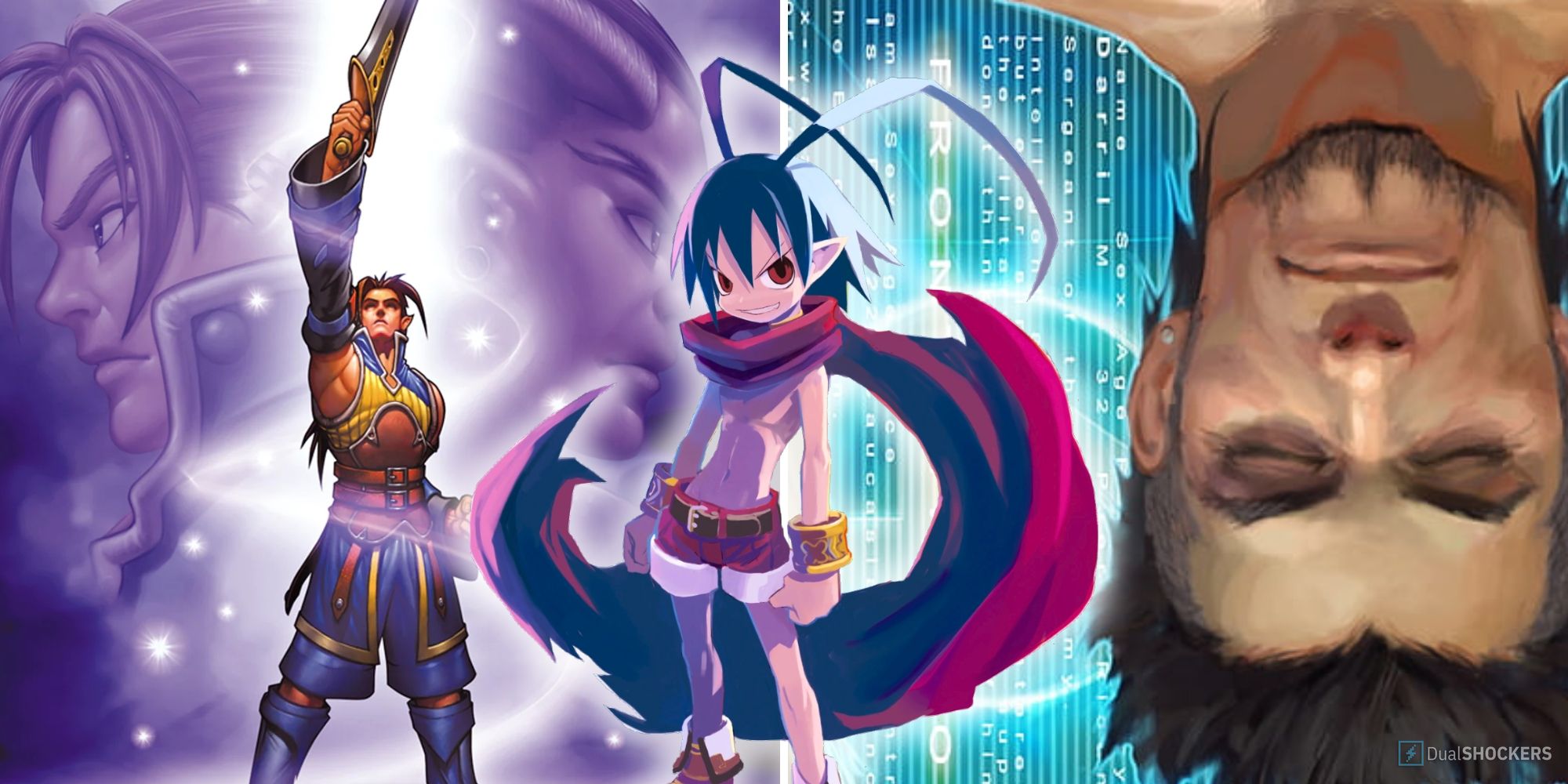
Related
8 Best Tactical JRPGs On PS2
Half of this list, as you might guess, comes from NISA.



